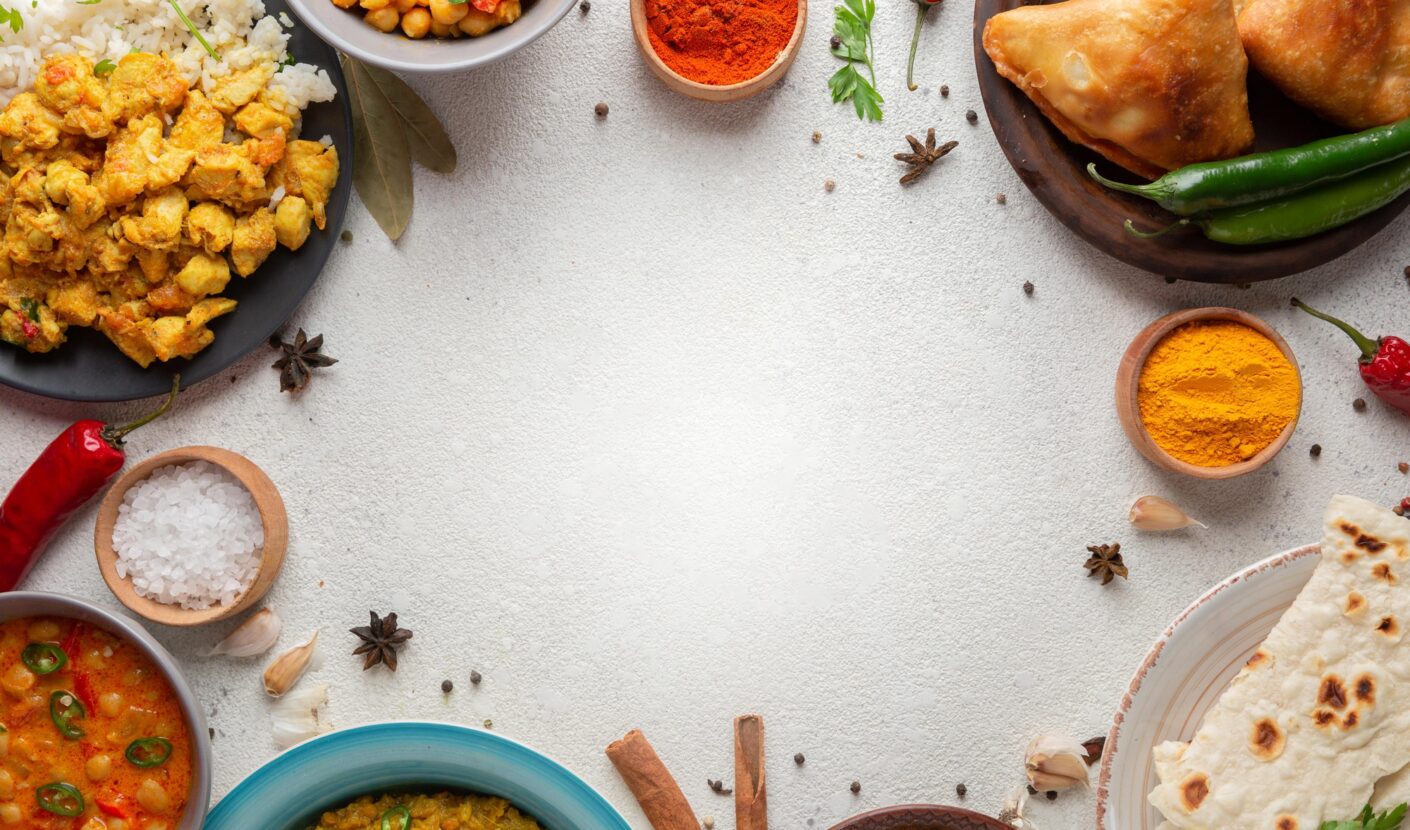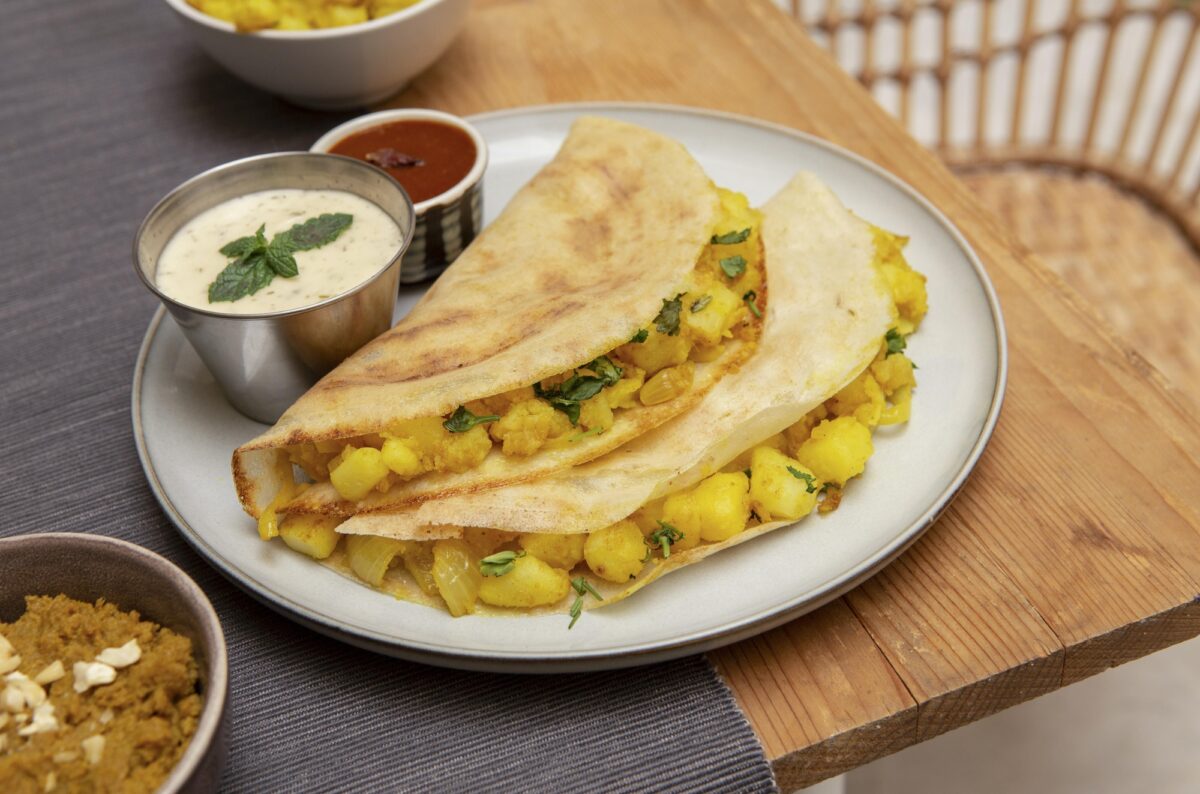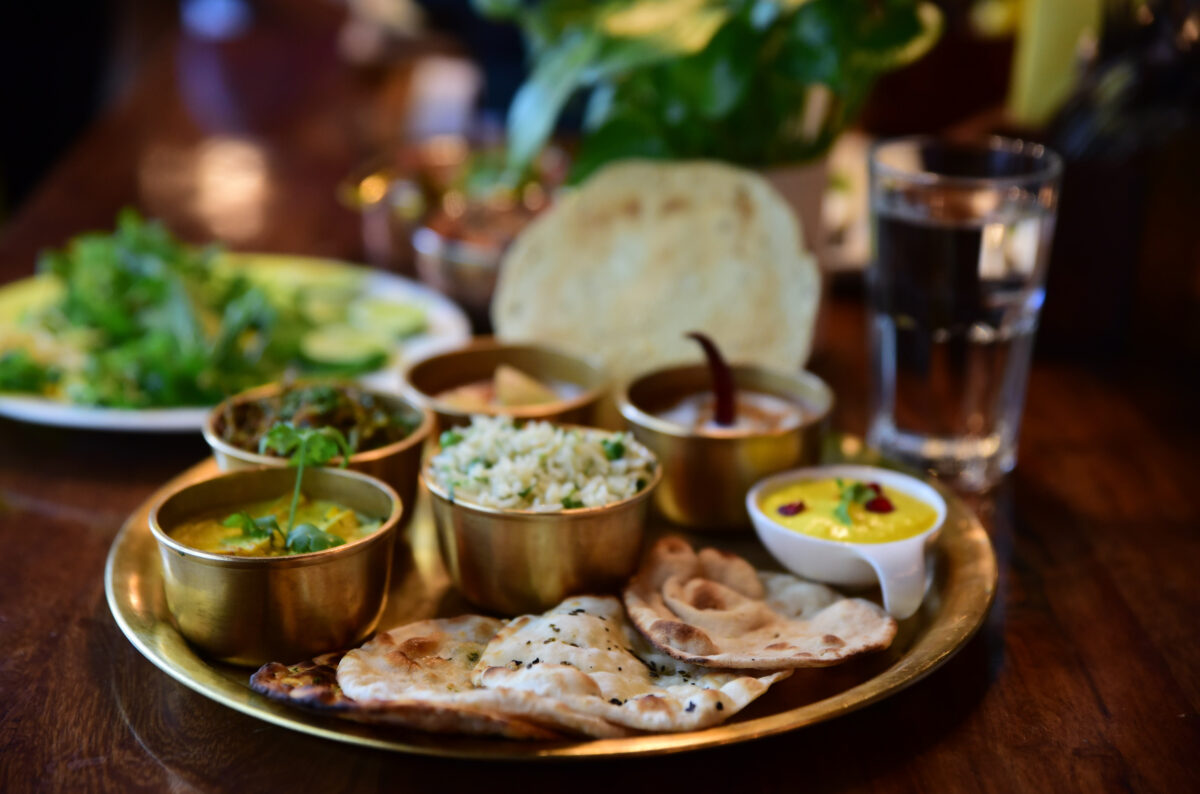
- March 28, 2025
South Indian Traditional Food: A Culinary Journey Through Classic Flavors
South Indian Traditional Food is a unique and diverse culinary experience deeply rooted in history, culture, and tradition. With its vibrant flavors, aromatic spices, and a variety of dishes that range from crispy dosas to hearty biryanis, South Indian cuisine is a reflection of the rich culinary heritage of the region.
Defined by the use of rice, lentils, coconut, curry leaves, and tamarind, South Indian Traditional Food is known for its balance of taste and nutrition. Whether you are enjoying a comforting bowl of sambar, a fluffy idli, or a spicy Hyderabadi biryani, each dish is a perfect blend of flavors, textures, and health benefits.
This article explores the history, key ingredients, and classic South Indian dishes that have been enjoyed for centuries. From Karnataka’s Bisi Bele Bath to Tamil Nadu’s Masala Dosa, South Indian Traditional Food is a celebration of flavors that continues to delight food lovers across the world.
The Rich Legacy of South Indian Traditional Food
South Indian Traditional Food has a long history that dates back thousands of years. The cuisine has evolved over time, influenced by ancient temple traditions, royal kitchens, and local agricultural practices.
- The foundation of South Indian Traditional Food is deeply tied to the Sattvik principles of Ayurveda, which emphasize balance, purity, and health. Many traditional dishes are vegetarian and made using natural ingredients that promote well-being.
- The region’s cuisine is also influenced by trade, with spices such as black pepper, cardamom, and turmeric playing a significant role in shaping its flavors. These spices were once considered valuable commodities and were exported to different parts of the world.
- Royal kitchens, particularly in Mysore and Hyderabad, contributed to the development of elaborate and rich dishes such as Hyderabadi Biryani and Mysore Masala Dosa.
South Indian Traditional Food is not only about taste but also about history, culture, and a deep connection to the land and its traditions.
Key Ingredients That Define South Indian Cuisine
The uniqueness of South Indian Traditional Food comes from the fresh and locally sourced ingredients that are used to prepare it. The region’s rich biodiversity and tropical climate allow for a wide range of spices, grains, and vegetables that contribute to the distinct taste of South Indian cuisine.
- Rice – The staple grain of South India, used in dishes such as idli, dosa, and biryani. South Indian meals typically revolve around rice as the main carbohydrate source, making it a key component of the diet.
- Lentils – A key source of protein, commonly used in sambar, rasam, and dal-based dishes. Varieties such as toor dal, urad dal, and moong dal are widely used.
- Coconut – Used in various forms, including grated coconut, coconut milk, and coconut oil, adding a distinct flavor to many dishes. It is an essential ingredient in Kerala cuisine, where it enhances the richness of curries.
- Tamarind – Provides a tangy taste and is widely used in curries, sambar, and chutneys. Tamarind gives many South Indian dishes their signature sourness.
- Mustard Seeds – Used for tempering dishes, giving them an aromatic and slightly spicy taste. They are often fried in oil along with curry leaves and red chilies to enhance flavors.
- Curry Leaves – A signature ingredient in South Indian cooking, adding a fragrant and earthy flavor. These leaves are commonly used in curries, chutneys, and spice blends.
- Black Pepper and Chilies – Used to add spice and heat to dishes such as rasam and biryani. South Indian food tends to be spicier than North Indian cuisine, thanks to the generous use of these spices.
- Jaggery – A natural sweetener used in South Indian desserts such as payasam. It provides a unique depth of sweetness and is healthier than refined sugar.
- Sesame Seeds – Commonly used in spice powders and chutneys, sesame seeds add a nutty flavor to many dishes.
- Ghee – Clarified butter is often used for tempering, giving South Indian dishes a rich and aromatic finish. Many traditional dishes, especially in Karnataka and Tamil Nadu, use ghee as a key ingredient for added flavor and nutrition.
The combination of these ingredients creates the signature flavors that make South Indian Traditional Food so special.
Classic South Indian Dishes You Must Try
South Indian cuisine offers a wide variety of dishes that cater to different tastes and preferences. While some are light and mild, others are bold and spicy. Here are some must-try dishes:
Traditional Dosa – The Iconic Crepe
One of the most well-known and loved dishes, the Traditional Dosa is a crispy, thin pancake made from fermented rice and lentil batter. It is served with coconut chutney and sambar. There are several variations, including:
- Masala Dosa – Stuffed with a spiced potato filling.
- Mysore Dosa – Spread with a spicy red chutney before cooking.
- Rava Dosa – Made with semolina for a crispier texture.
Idli & Sambar – The Breakfast Staple
Soft, fluffy steamed rice cakes served with sambar and coconut chutney. Idli is a light and nutritious breakfast option that is easy to digest. It is commonly eaten in Tamil Nadu and Karnataka.
Bisi Bele Bath – Karnataka’s Spiced Rice Dish
A comforting dish made with lentils, vegetables, and rice cooked together with aromatic spices. It is a perfect blend of flavors and textures. This dish is typically served hot with a dollop of ghee on top.
Rasam – The Ultimate Comfort Soup
A tangy, pepper-infused soup made with tamarind, black pepper, and tomatoes. Rasam is often consumed as a remedy for colds and digestive issues.
Hyderabadi Biryani – The Royal Dish
A flavorful rice dish made with basmati rice, marinated meat, and a blend of aromatic spices. Cooked using the dum technique, Hyderabadi Biryani is one of the most popular biryanis in India.
Kerala’s Puttu & Kadala Curry – A Traditional Breakfast
Puttu is a steamed rice cake that is paired with Kadala Curry, a spicy black chickpea curry. This dish is popular in Kerala and is known for its simplicity and taste.
Health Benefits of South Indian Traditional Food
South Indian Traditional Food is not only delicious but also packed with health benefits. The combination of whole grains, fresh vegetables, and aromatic spices makes it a nutritious choice for people of all ages.
- Naturally Gluten-Free – Most dishes are made with rice and lentils, making them suitable for people with gluten intolerance.
- Rich in Fiber – The use of lentils, vegetables, and whole grains ensures a high fiber intake, which supports digestion and gut health.
- Good for Heart Health – Spices like turmeric, black pepper, and garlic are known for their anti-inflammatory properties and heart-protective benefits.
- High in Protein – Many South Indian dishes incorporate protein-rich ingredients such as lentils, chickpeas, and dairy products.
- Low in Saturated Fat – South Indian food relies on plant-based oils like coconut oil instead of heavy creams and butter.
- Supports Weight Management – Dishes like idli, dosa, and rasam are light yet filling, making them excellent choices for weight-conscious individuals.
- Packed with Antioxidants – Ingredients such as curry leaves, mustard seeds, and chilies are rich in antioxidants, which help fight free radicals in the body.
Where to Experience Authentic South Indian Food
If you are looking for authentic South Indian Traditional Food, visit Mysore Aduge, a place where the flavors of Mysore come to life. You can also explore South Indian Restaurants in Mumbai, Delhi, Ahmedabad, Vadodara and Jaipur
Franchise Opportunities
Looking to invest in a South Indian restaurant franchise? Explore opportunities in:
Conclusion
South Indian Traditional Food is a celebration of flavors, history, and health. From the crispy Traditional Dosa to the comforting Rasam, every dish tells a story of culture and tradition. If you want to experience the best Classic South Indian dishes, visit Mysore Aduge and immerse yourself in the authentic taste of South India.
Frequently Asked Questions
Some of the most popular South Indian Traditional Food items include dosa, idli, sambar, rasam, Hyderabadi biryani, Bisi Bele Bath, and Puttu with Kadala Curry.
South Indian cuisine has ancient roots, influenced by temple traditions, royal kitchens, and trade routes. The use of local ingredients and spices dates back thousands of years.
North Indian food is largely wheat-based, with dishes such as naan and roti, while South Indian food is rice-based, with dishes such as dosa, idli, and biryani. South Indian food also uses more coconut and tamarind.
Not all South Indian food is spicy. Dishes like idli, coconut chutney, and payasam are mild, while rasam and biryani can be spicier.
Yes, South Indian cuisine includes a large variety of vegetarian dishes, such as dosa, idli, sambar, and coconut-based curries.
South Indian food is rich in fiber, protein, and essential vitamins. The use of fermented foods aids digestion, while fresh ingredients ensure a balanced diet.
You can experience the best South Indian Traditional Food at Mysore Aduge, where traditional recipes are prepared with fresh, local ingredients.
Dosa batter can be stored in the refrigerator for up to five days in an airtight container.







